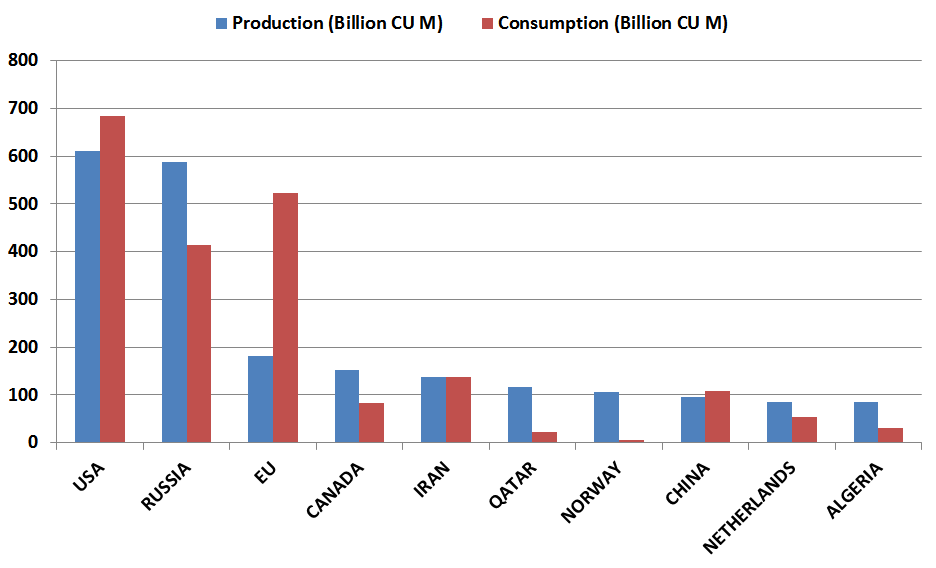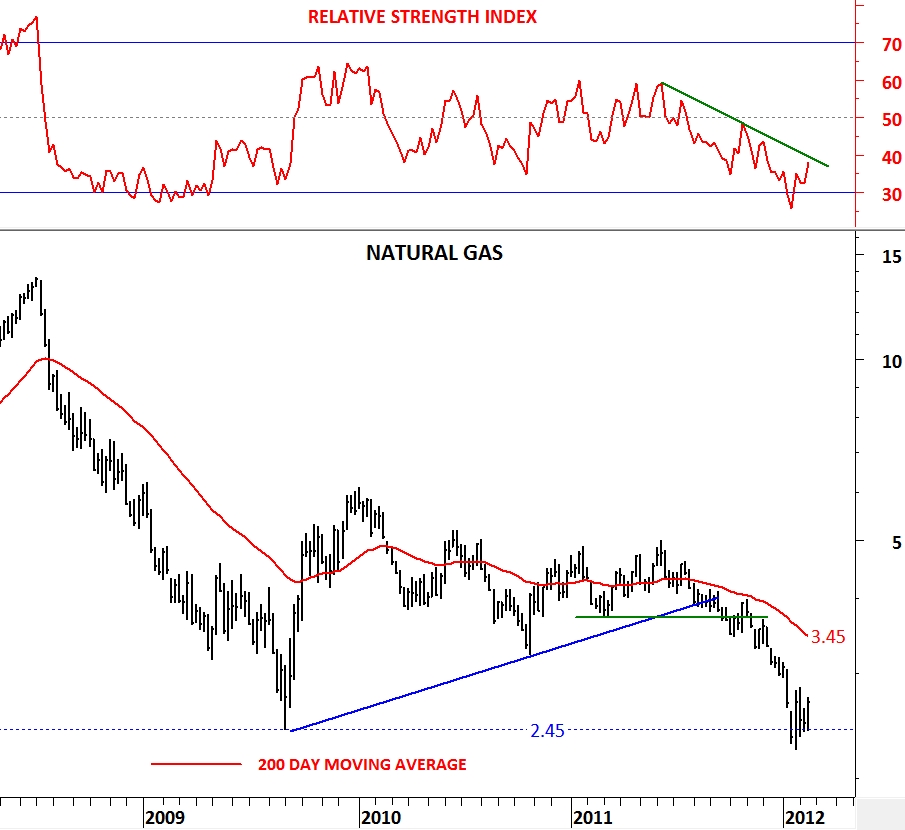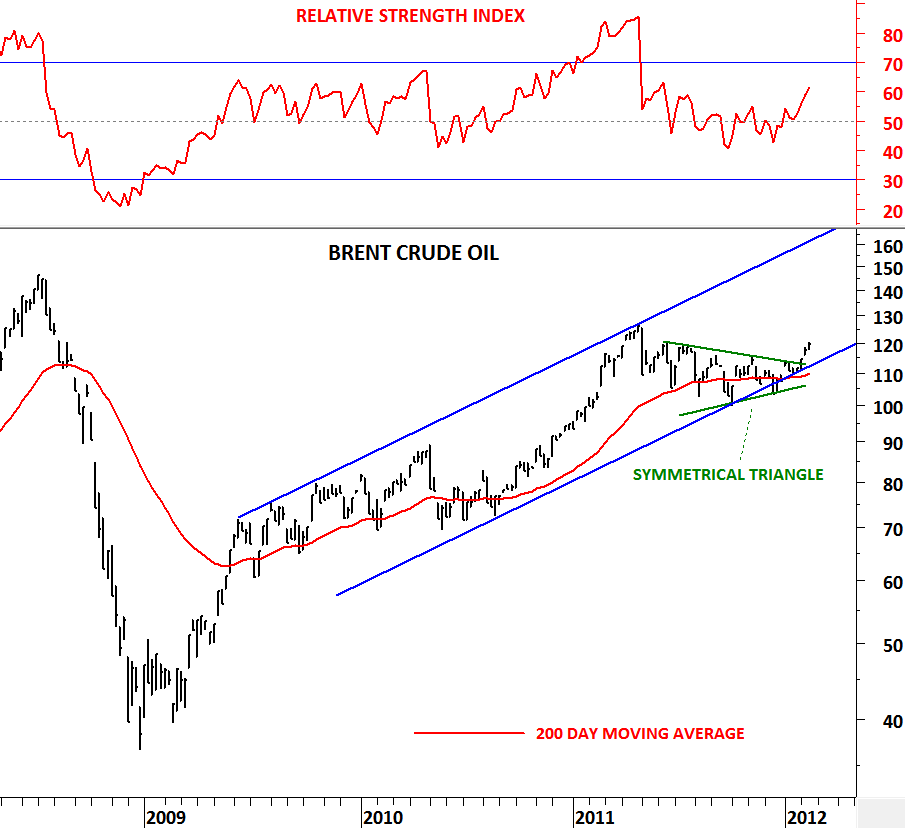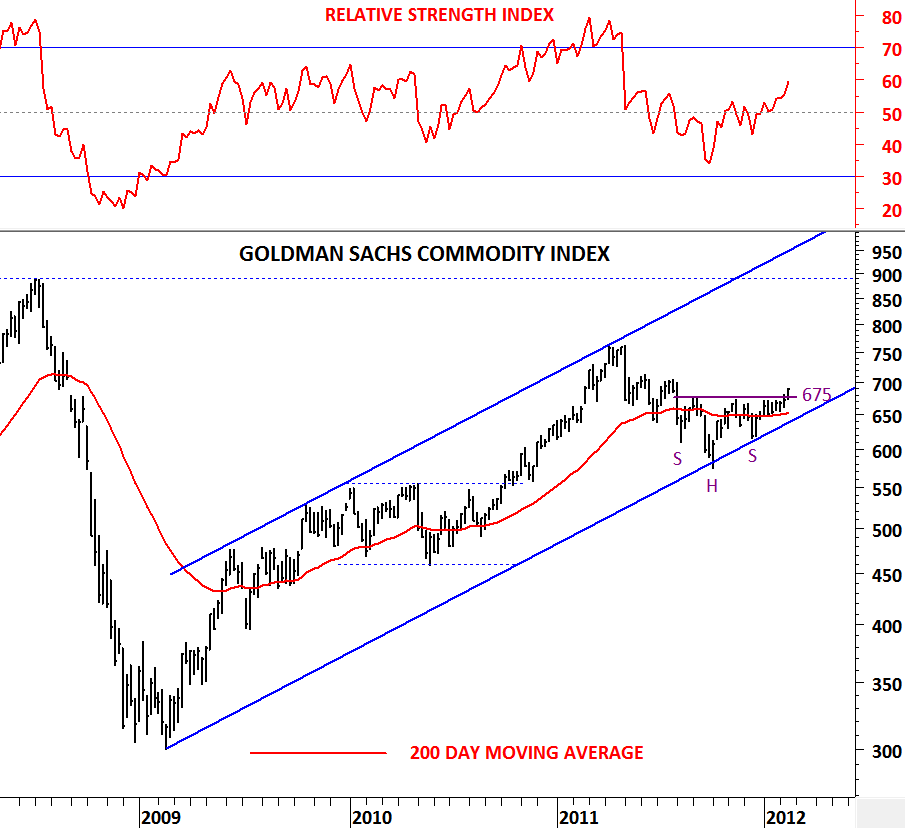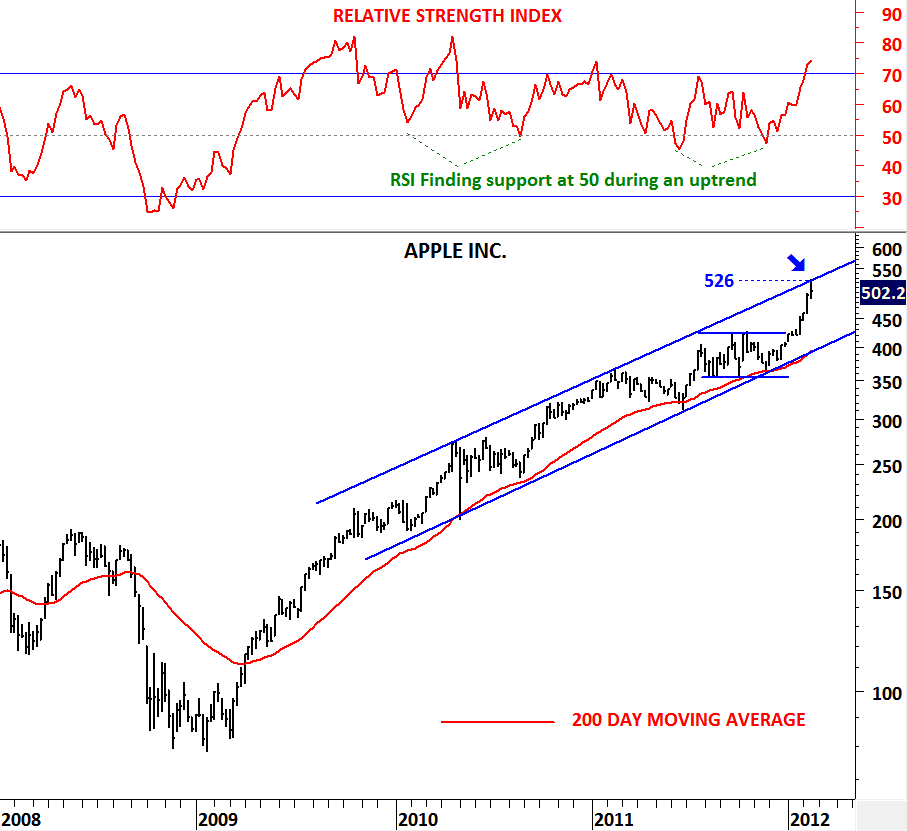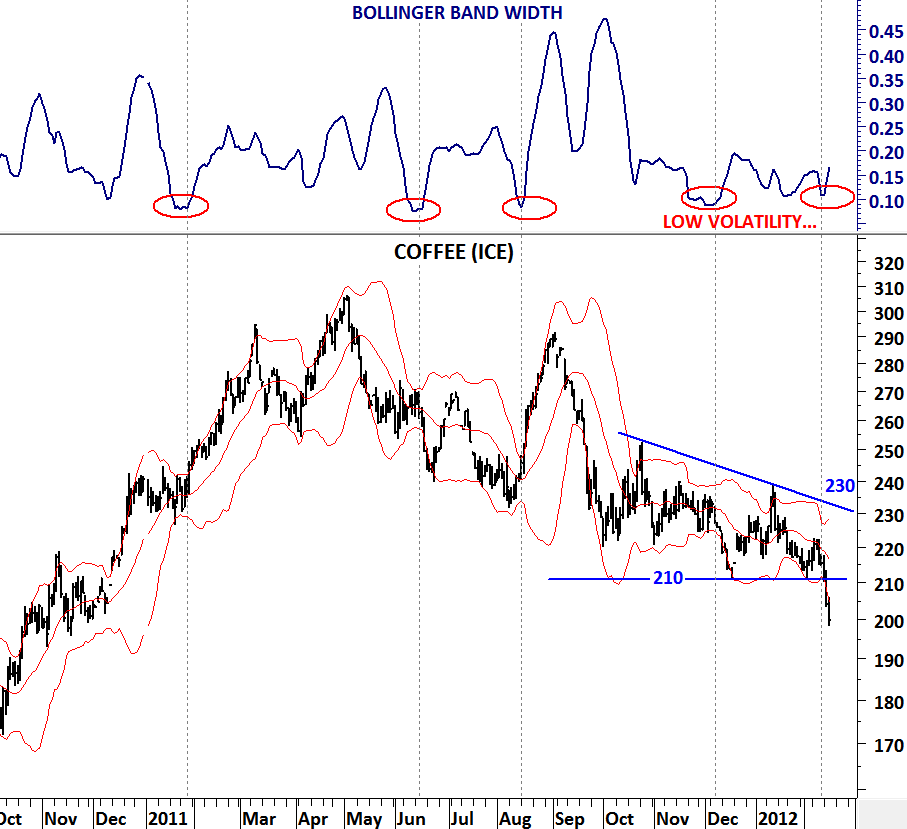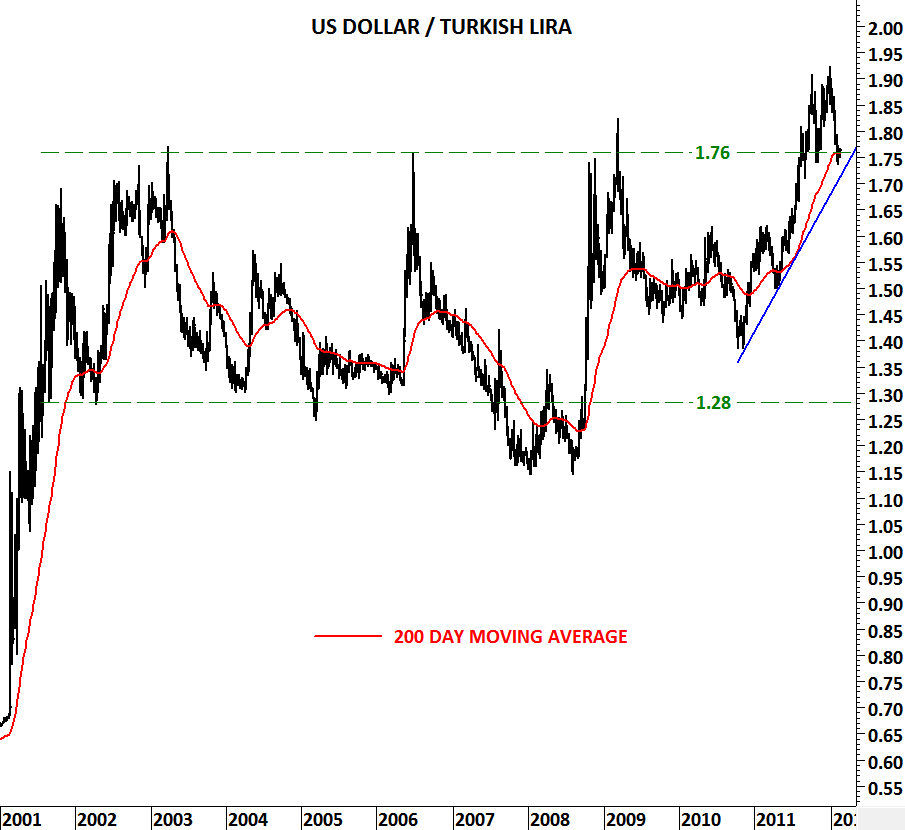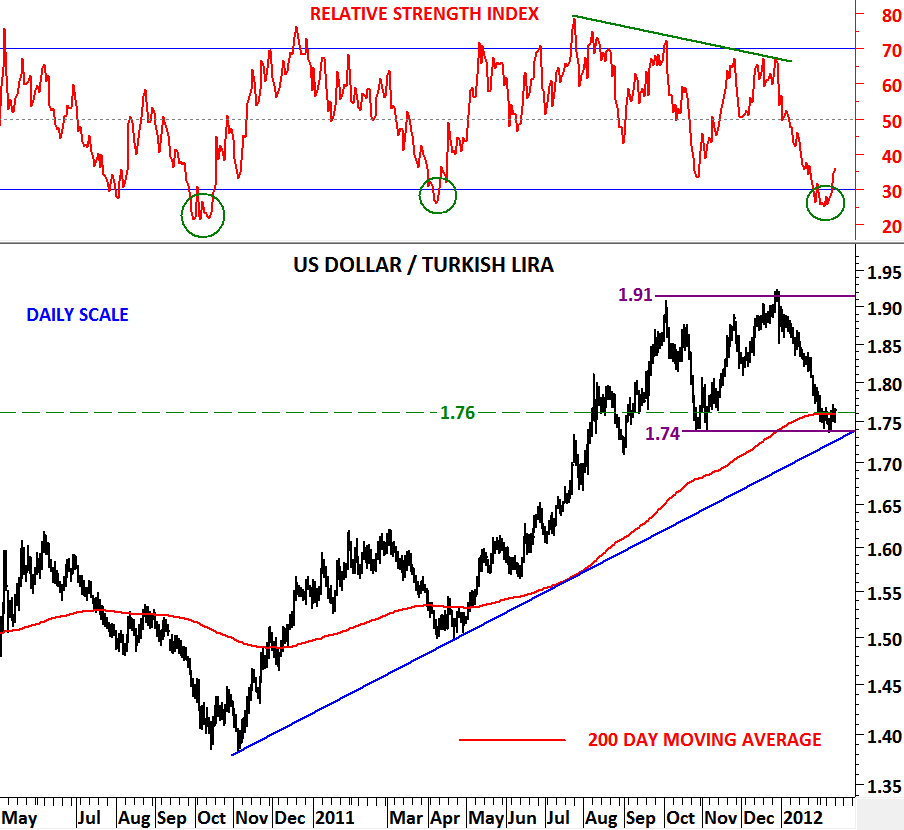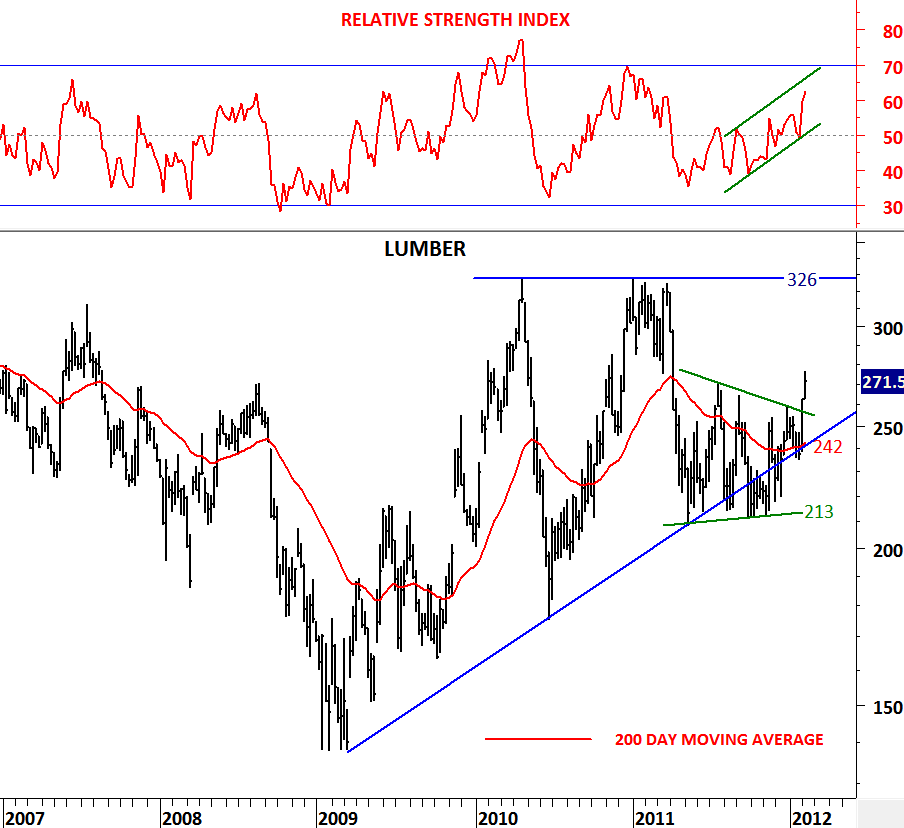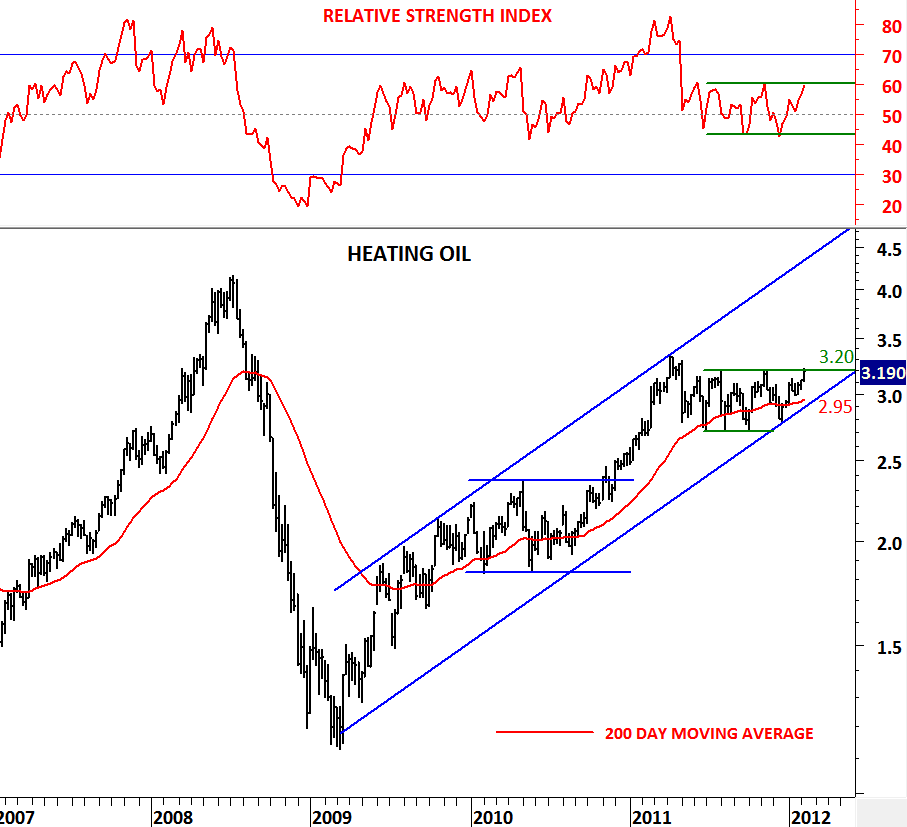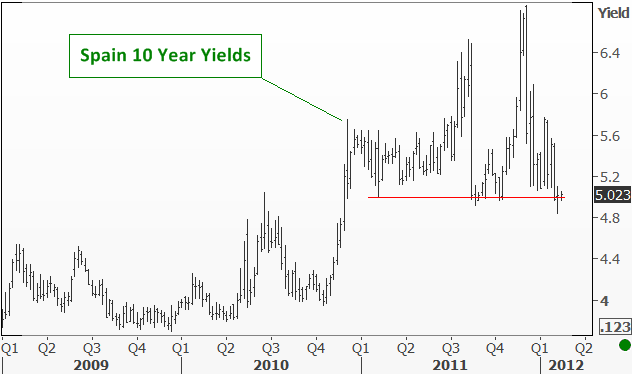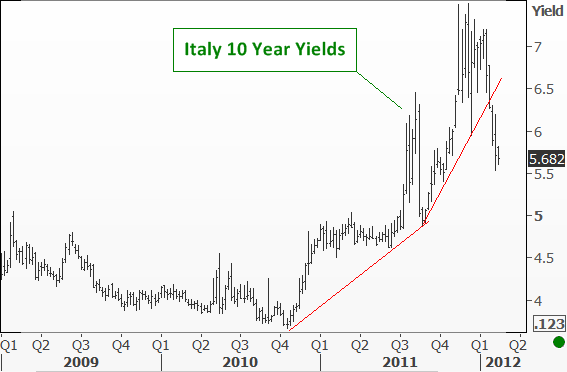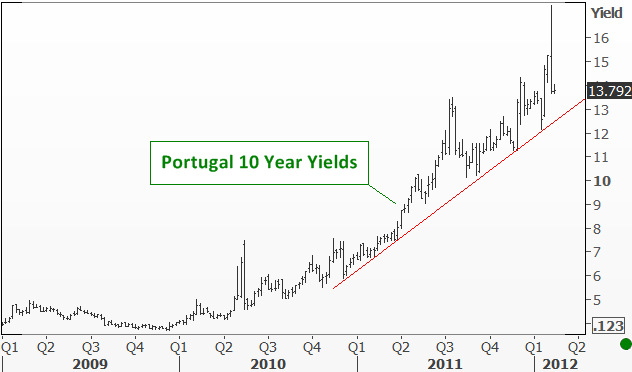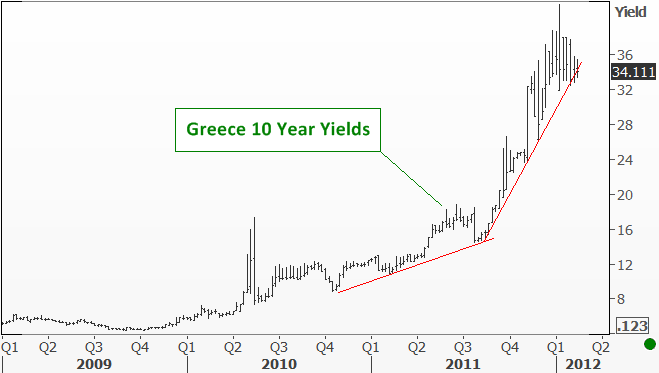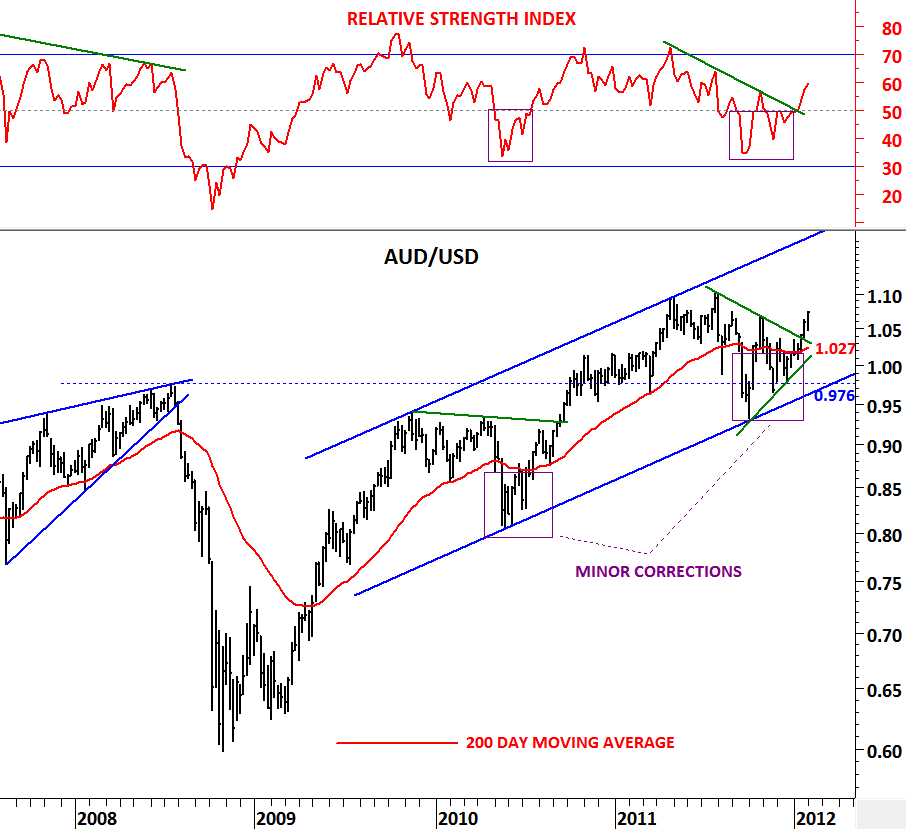NATURAL GAS, CRUDE OIL & GSCI
This week we have seen strength in the energy sector with Brent Crude continuing higher after the breakout from its consolidation range, Light Crude Oil testing the horizontal resistance at $103.75 and Natural Gas trying to rebound from a major support at 2.45 levels. Strength in energy sector helped the Goldman Sachs Commodity Index breakout from its year-long consolidation range.
While I was reading futures magazine (www.futuresmag.com) I came across this nice presentation with numbers on natural gas-producing countries. I wanted to put the numbers in a nice graph and share them on this post. Meanwhile, I have updated the energy sector charts and reviewed the technical outlook. Below are some numbers for top 10 natural gas-producing countries with their annual production, consumption and proven reserves. In terms of production and consumption EU is in great disadvantage. While Qatar and Norway have the advantage to export their production due to their relatively limited consumption. In terms of proven reserves Russia, Iran and Qatar are the top 3 countries that can benefit from higher gas prices if they were to rebound from today’s depressed levels.
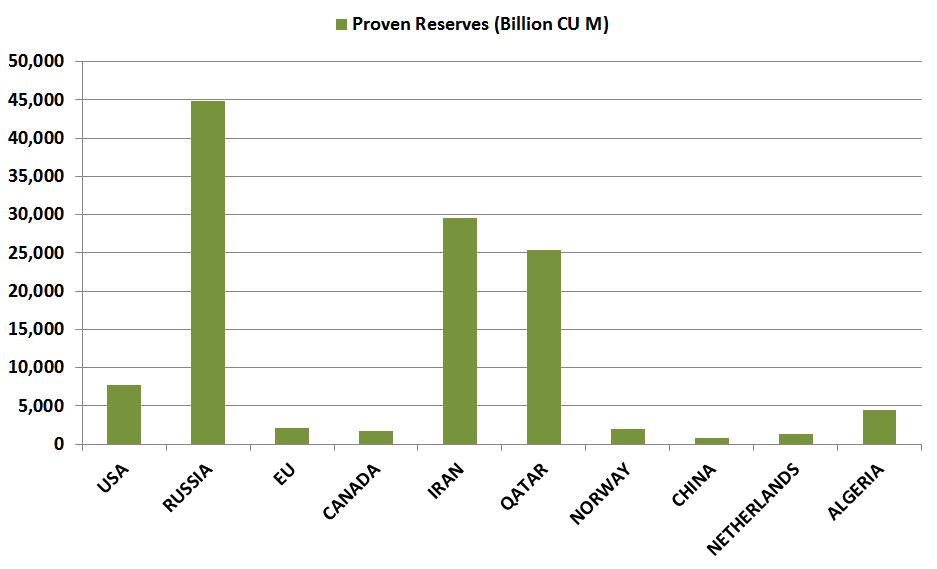 Let’s start our technical review with Natural Gas prices. After the global sell-off in 2008, natural gas had a weak recovery from 2.45 levels to 6.1 levels. Since the beginning of 2010, price moved sideways/downwards and recently reached 2009 low levels at 2.45. However during the same time period both Light Crude Oil, Brent Crude Oil and Heating Oil moved higher and recovered most of their 2008 losses. 2.45 level is a major support for Natural Gas and we can expect a rebound from this level towards the 200 day moving average at 3.45 levels.
Let’s start our technical review with Natural Gas prices. After the global sell-off in 2008, natural gas had a weak recovery from 2.45 levels to 6.1 levels. Since the beginning of 2010, price moved sideways/downwards and recently reached 2009 low levels at 2.45. However during the same time period both Light Crude Oil, Brent Crude Oil and Heating Oil moved higher and recovered most of their 2008 losses. 2.45 level is a major support for Natural Gas and we can expect a rebound from this level towards the 200 day moving average at 3.45 levels.
In the beginning of February I analyzed Brent Crude Oil and drew attention to the bullish outlook and the symmetrical triangle that formed over the past one year. We can see that Brent Crude is now breaking out of the year-long consolidation range and helping the energy sector perform better in the commodities universe. It is important to note that large part of Goldman Sachs Commodity Index is composed of energy sector and strength in energy sector will have a positive effect on the GSCI.
http://techcharts.wordpress.com/2012/02/05/brent-crude-oil/
It was a strong week for Light Crude Oil. Price moved from $99 levels to $104 levels and closed at the important horizontal resistance. Light Crude might be forming a bullish continuation Head & Shoulder pattern with the neckline (resistance) standing at $103.75. Next week we should watch Light Crude for a possible breakout from this bullish pattern. A decisive breakout above $103.75 will target $115-$120 area in the intermediate term.
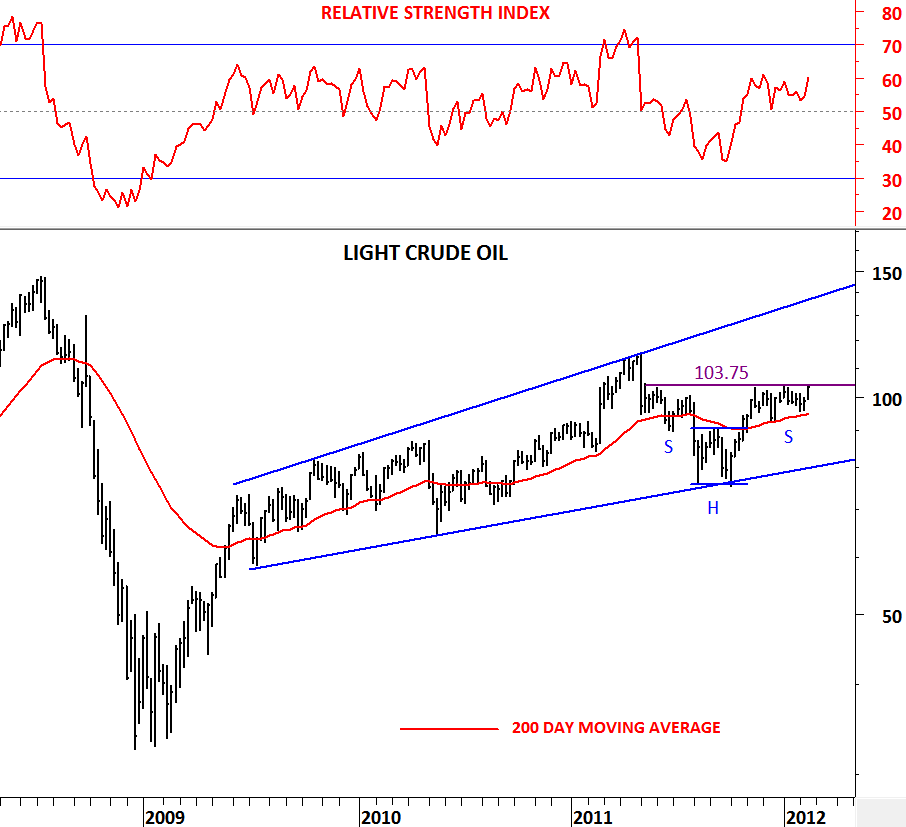 Almost all related charts are giving the same bullish signals. Brent Crude oil broke out of its consolidation range earlier in the month. This week we have seen a breakout on GSCI and now we are expecting a similar breakout on Light Crude Oil. Goldman Sachs Commodity Index breached above its horizontal resistance at 675 level. This should be regarded as a bullish signal for commodities. For the strength to continue on GSCI in the following weeks, price should stay above 675 level.
Almost all related charts are giving the same bullish signals. Brent Crude oil broke out of its consolidation range earlier in the month. This week we have seen a breakout on GSCI and now we are expecting a similar breakout on Light Crude Oil. Goldman Sachs Commodity Index breached above its horizontal resistance at 675 level. This should be regarded as a bullish signal for commodities. For the strength to continue on GSCI in the following weeks, price should stay above 675 level.

